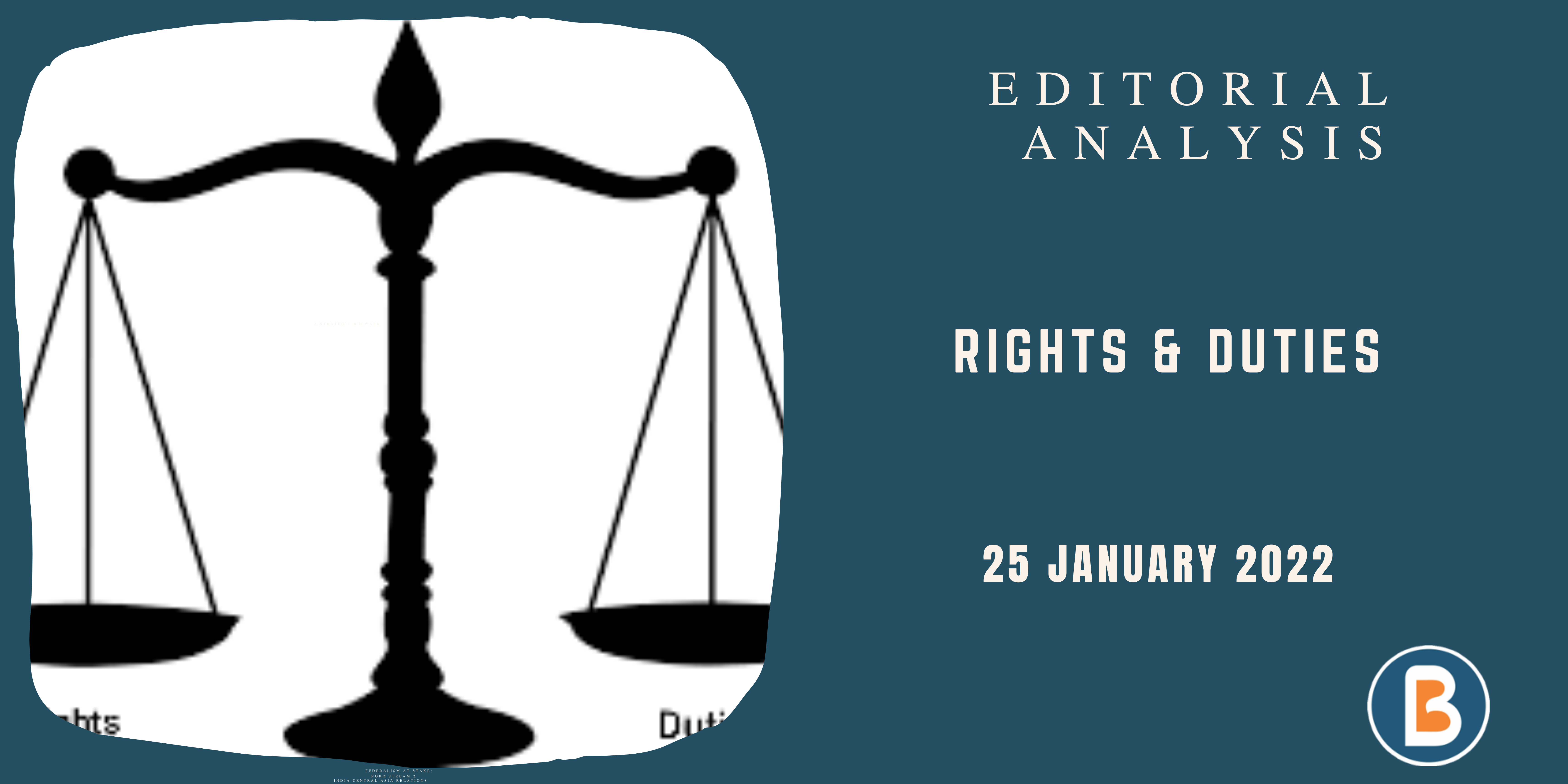Will the Agnipath scheme be revamped?
Context
The Agnipath scheme, introduced for recruiting soldiers, sailors, and airmen into India’s armed forces, has emerged as a significant issue in the recent general elections.
- NDA allies, Janata Dal (United) and Lok Janshakti Party (Ram Vilas), have called for a detailed discussion on the scheme.
- Amidst political and public scrutiny, the government has expressed openness to modifications. This editorial analysis delves into the intricacies of the Agnipath scheme, its current status, associated concerns, and suggested measures for improvement.
Relevance:
GS-02 (Government policies and interventions)
Dimensions of the Article:
- What is the Agnipath Scheme?
- Objectives of the scheme
- Current Status
- What are the Concerns?
What is the Agnipath Scheme
- The Agnipath scheme marks a significant reform in defense policy by altering the recruitment process for the Indian armed forces.
- Young men and women, termed Agniveers, are recruited under this scheme, which operates on a short-service manpower model.
- It offers young individuals to contribute to the Armed Forces for a duration of four years.
- Termed as “Agniveers,” these youth will have the opportunity to enlist in the army for a short stint. With an annual recruitment target ranging from 45,000 to 50,000 soldiers, most participants will exit the service after the stipulated four-year period.
- Following this term, only 25% of the cohort will be re-enlisted into their respective services for an extended period of 15 years.
- Eligibility Criteria
- This scheme is exclusively designed for personnel below officer ranks, excluding those who enter the forces as commissioned officers, the highest-ranking officials within the army.
- Candidates aged between 17.5 and 23 years are eligible to apply.
Objectives of the scheme:
- The primary aim of the Agnipath Scheme is to provide an avenue for motivated youth to serve in the Armed Forces, fostering a spirit of enthusiasm and commitment.
- Additionally, it seeks to reduce the average age profile of the Indian Armed Forces by approximately 4 to 5 years, envisioning a transition from the current average age of 32 years to 26 years within the next six to seven years.
Current Status
- As the Agnipath scheme marks two years since its implementation, the Department of Military Affairs (DMA) under the Defence Ministry, led by the Chief of Defence Staff (CDS), has sought feedback from the armed forces. This regular practice aims to review major schemes and make necessary adjustments based on detailed assessments.
- Key recommendations include increasing the intake numbers and raising the permanent recruitment rate from 25% to at least 50%. Additionally, there is a proposal to extend the age limit for entry through technical routes from 21 to 23 years to attract more technically qualified individuals.
- The Navy and Air Force have completed compiling their feedback, while the Army is still in the process. Once all inputs are gathered, the DMA will compile the recommendations and submit them to the Defence Ministry for consideration.
What are the Concerns?
- A significant concern is the exacerbating shortage of personnel, particularly in the Army’s ‘below the officer’s rank’ cadres. The absence of recruitment during the COVID-19 pandemic for over two and a half years created a substantial deficiency.
- The low conversion rate of 25% from Agniveers to regular soldiers is projected to further deepen the personnel shortfall. With around 60,000 soldiers retiring annually and only 40,000 being recruited, the gap is widening each year.
- The four-year tenure necessitates compressed training schedules, raising concerns about the adequacy of training for new recruits. The short duration might impact the overall preparedness and effectiveness of the Agniveers.
- The scheme has sparked significant political and social backlash. Violent protests erupted nationwide when it was announced, with several political parties demanding either a rollback or substantial modifications to address the concerns.
- There is apprehension regarding the impact of the scheme on the morale and cohesion of the armed forces. The temporary nature of the Agniveer tenure might affect the long-term commitment and integration of these personnel into the military ethos.
Suggested Measures
- Enhanced Intake and Conversion Rates: Increasing the annual intake of Agniveers and raising the conversion rate to permanent roles can help mitigate the personnel shortage. This would ensure a steady influx of fresh talent while retaining experienced personnel to maintain operational effectiveness.
- Extended Age Limits: Extending the age limit for entry through technical routes to 23 years can attract more qualified individuals with specialized skills. This would enhance the technical capabilities of the armed forces and align with modern warfare requirements.
- Comprehensive Training Programs: Implementing comprehensive training programs that balance the need for rapid induction with thorough preparedness is crucial. Adequate training ensures that Agniveers are well-equipped to handle the demands of military service.
- Clear Communication and Engagement: Effective communication and engagement with stakeholders, including political parties and the general public, are essential to address concerns and build consensus. Transparent dialogue can help alleviate apprehensions and foster a supportive environment.
- Post-Service Support: Providing robust post-service support, including career counseling and job placement assistance, can ensure that Agniveers transition smoothly into civilian life. This support would reinforce the scheme’s vision of contributing to nation-building.
- Regular Review and Adaptation: Institutionalizing regular reviews and feedback mechanisms to adapt the scheme based on ground realities and evolving needs is vital. This dynamic approach would ensure the scheme remains relevant and effective in meeting its objectives.




